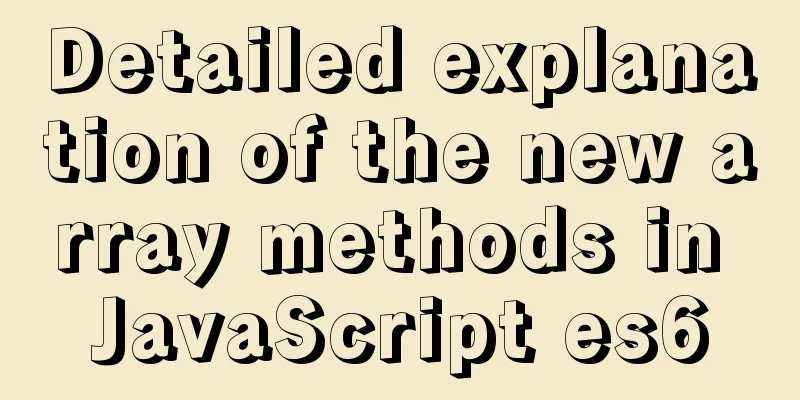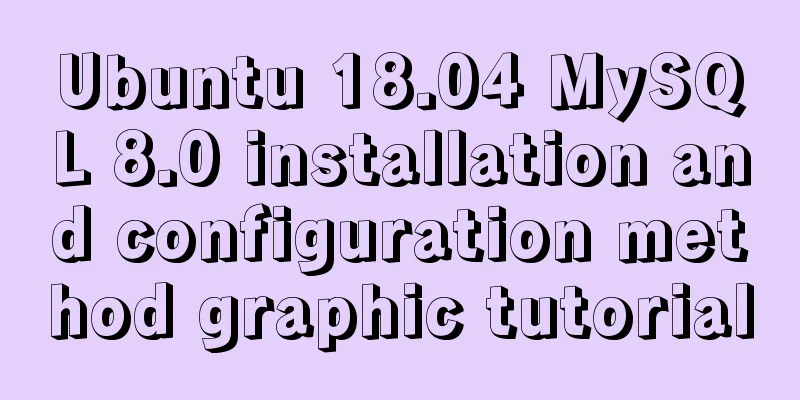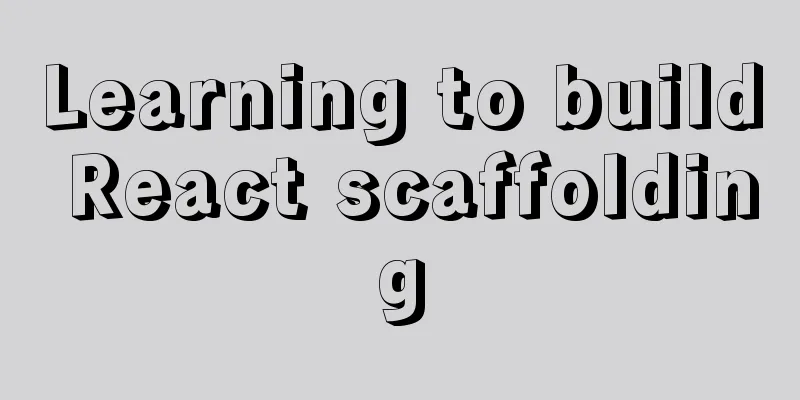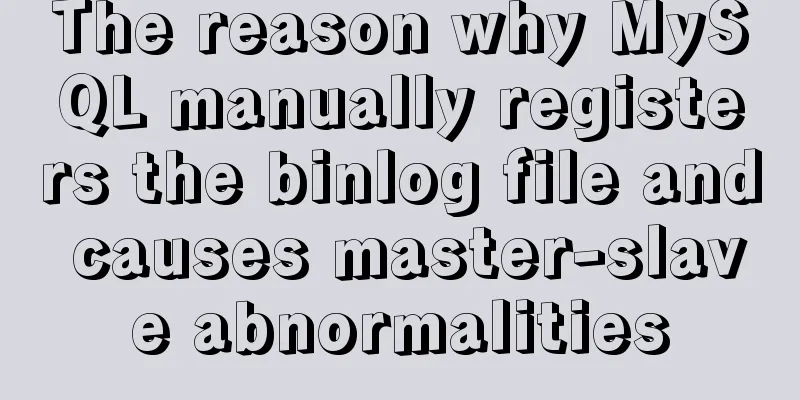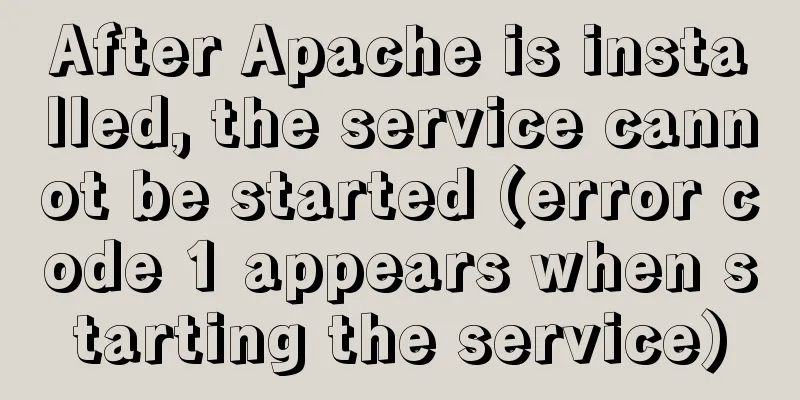Detailed tutorial on configuring local yum source in CentOS8

|
The centos8 distribution is released through the BaseOS and AppStream repositories. AppStream is a new extension of the traditional rpm format that provides multiple major versions of a component at the same time. CentOS8 comes with NGINX packaged in it. This article introduces how to configure the local yum source in CentOS8. The specific contents are as follows: 1. Create a directory 2. Mount your cdrom file. 2.1 Optical drive method Using the CD-ROM drive, for vmware users, you can directly use the image, as shown in the figure
Then enter the directory. As long as the following files can be listed, it means the mount is successful.
2.2 Mount using iso image file First you have to transfer the iso file to your centos, you can only think of a way here. If there is no network, use a USB drive. If there is no USB drive, use a CD-ROM drive. In short, it has to be transferred to the corresponding directory
Then use the mount command to mount the file. The difference is whether there is parameter -o 3 Enter the /etc/yum.repos.d directory 4. Open the CentOS-Media.repo file The file is modified as follows, with 6 changes
3. Shield the default image vim enters the following 3 files, and then changes enabled=0
It should look like the following, but there is a problem. If you want to install the package via the network in the future, remember to change it to 1 to re-enable it.
3.yum clean all Clear the cache 4.yum makecache Rebuilding the cache 5. Result Verification Try searching for any package. yum search openssh If there is no problem, it means the configuration is ok
6. Automatically hang the disk when starting up This is to avoid the problem that the mirror source cannot be accessed after restart. We need to configure the mount operation in our /etc/fstab file 6.1 Use mount -l to view the information of the mounted disk
From the above, we can get 5 pieces of information In fact, it can also be written like this The device name is what I linked, so I can just fill in sr0 here, but I still write /dev/cdrom 6.2 Configure information into /etc/fstab file
Summarize The above is a detailed tutorial on how to configure the local yum source for CentOS8. I hope it will be helpful to you. If you have any questions, please leave me a message and I will reply to you in time. I would also like to thank everyone for their support of the 123WORDPRESS.COM website! You may also be interested in:
|
<<: Analysis of a MySQL deadlock scenario example
>>: Detailed explanation of as, question mark and exclamation mark in Typescript
Recommend
Vue implements form data validation example code
Add rules to the el-form form: Define rules in da...
idea uses docker plug-in to achieve one-click automated deployment
Table of contents environment: 1. Docker enables ...
MySQL 5.7.18 master-slave replication setup (one master and one slave) tutorial detailed explanation
1. Replication Principle The master server writes...
Vue easily realizes watermark effect
Preface: Use watermark effect in vue project, you...
Detailed tutorial on installing PHP and Nginx on Centos7
As the application of centos on the server side b...
Use the CSS Paint API to dynamically create resolution-independent, variable background effects
Source: https://medium.com/better-programming, au...
How to install and use Ubuntu Docker
Table of contents 1. Automatic installation using...
HTML table markup tutorial (28): cell border color attribute BORDERCOLOR
To beautify the table, you can set different bord...
Detailed explanation of the role of brackets in AngularJS
1. The role of brackets 1.1 Square brackets [ ] W...
What are the benefits of using B+ tree as index structure in MySQL?
Preface In MySQL, both Innodb and MyIsam use B+ t...
A brief analysis of different ways to configure static IP addresses in RHEL8
While working on a Linux server, assigning static...
Detailed explanation of mysql download and installation process
1: Download MySql Official website download addre...
Teach you step by step to configure MySQL remote access
Preface When using the MySQL database, sometimes ...
Implementation of docker-compose deployment of zk+kafka+storm cluster
Cluster Deployment Overview 172.22.12.20 172.22.1...
A comprehensive analysis of what Nginx can do
Preface This article only focuses on what Nginx c...












